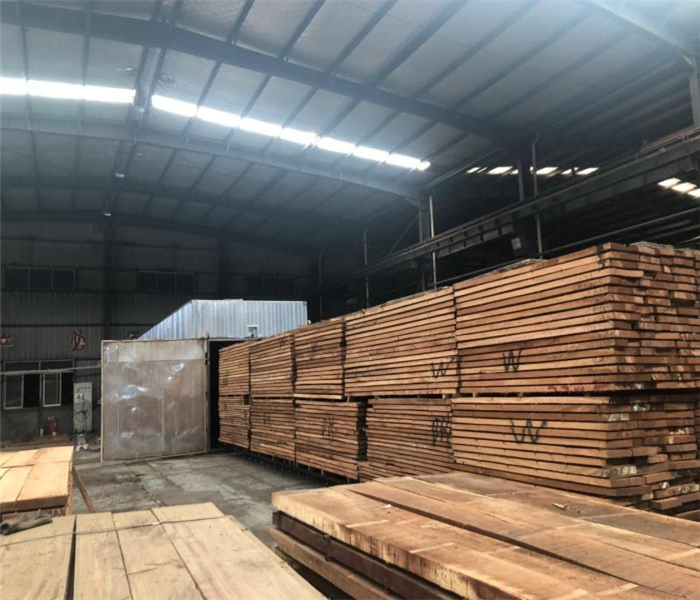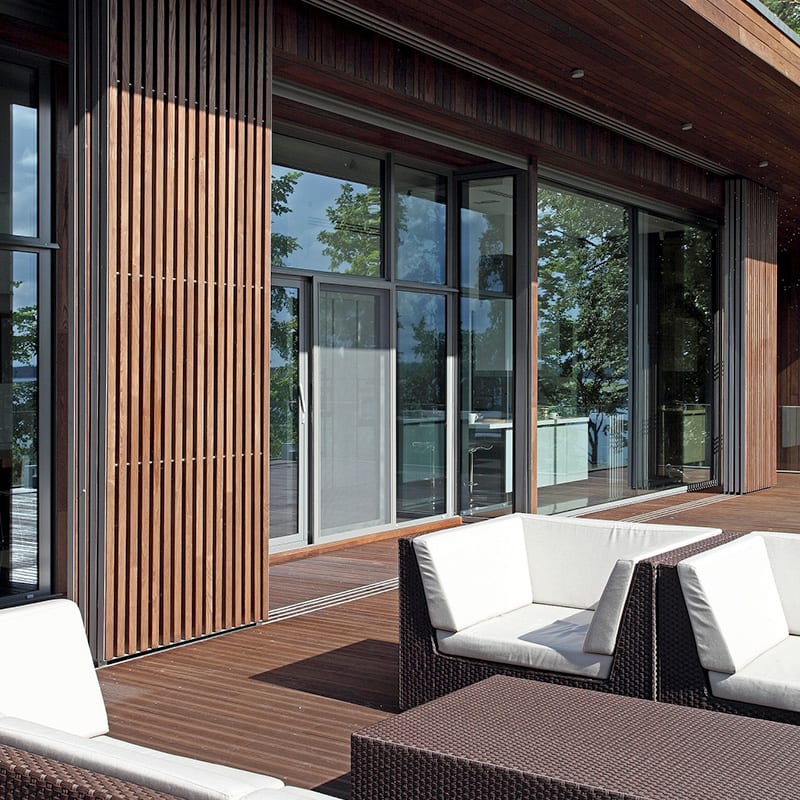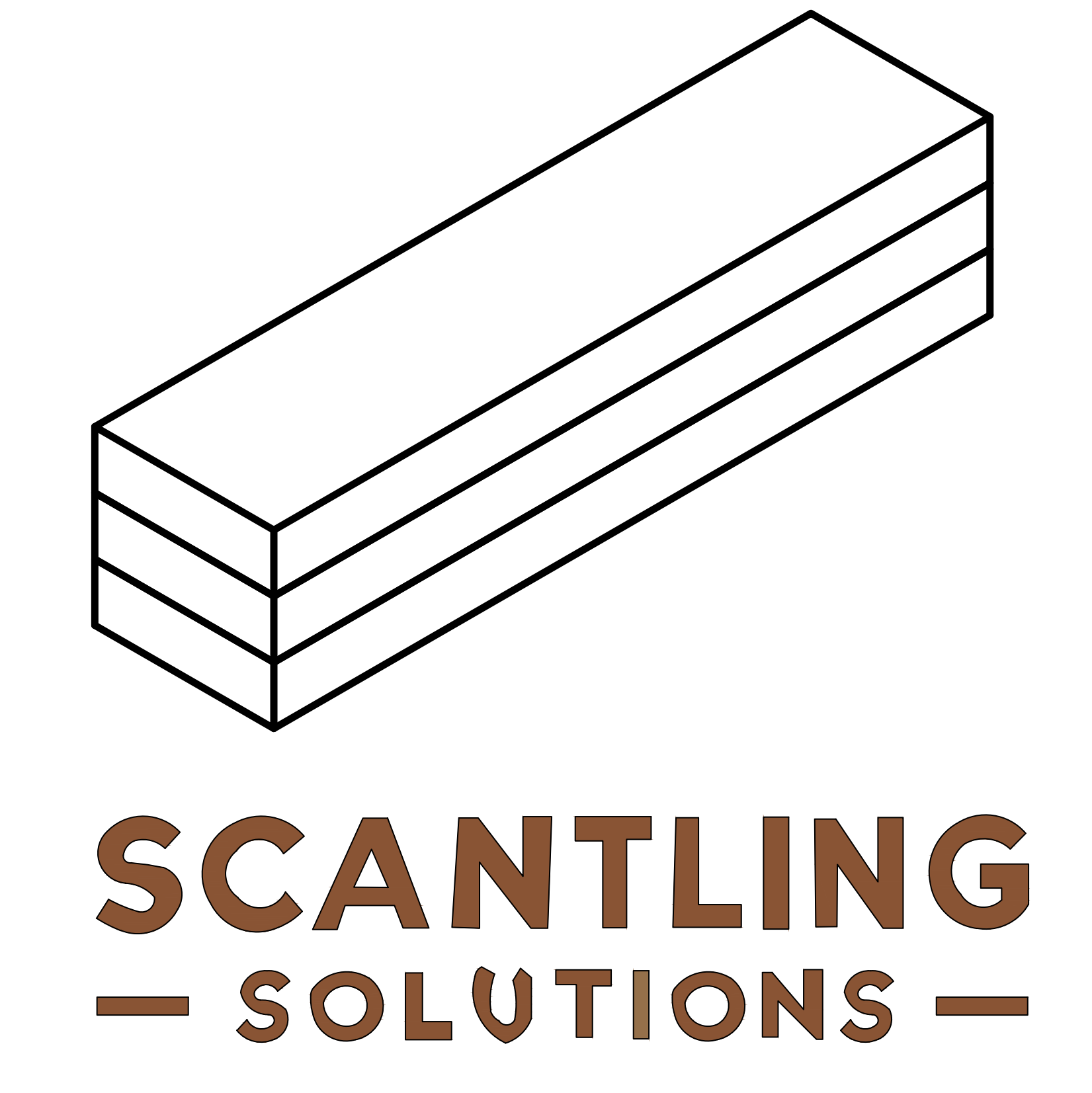
The Future of Beautiful, Durable, Natural Wood:
ThermoWood and Its Impact on the Industry
ThermoWood and Its Impact on the Industry
Thermally modified wood, also known as carbonized wood, is gaining widespread recognition in the fields of architecture and outdoor construction. This advanced material delivers key advantages such as increased resistance to decay, dimensional stability, and a chemical-free treatment process. As global interest in eco-friendly building materials continues to rise, it’s vital for designers, builders, and end-users to explore the unique benefits that carbonized wood brings to sustainable construction.
How is it made?
Thermally modified wood undergoes a specialized high-temperature treatment—usually between 180°C and 230°C (356°F to 446°F)—in a controlled environment. This process alters the wood’s chemical structure by degrading hemicellulose, the compound primarily responsible for moisture absorption and biological decay. As a result, the treated wood gains exceptional resistance to water, insects, and fungi, offering enhanced durability and reducing the need for frequent maintenance.

High Frequency Vacuum Wood Carbonization Kiln
8 benefits of wood carbonization:
- Material size is stable, not easy to crack, not easy to deform.
- Clean air indoor, only absorbed, not released.
- Strengthen the effect of oil decoration, make the products more beautiful and have better light sense.
- The product senses are stronger, increase the plane stereoscopic effect.
- Improve air quality and adjust indoor temperature and humidity naturally.
- Increasing unit productivity makes it easier to make lumber and mill.
- Reduce equipment loss, planer and sander efficiency is higher.
- Reduce the cost of consumption and increase the efficiency of sculpture and grinding by at least 40%.
What The ThermoWood Products Used for?

Thermowood-Scantlings

Thermowood-Cladding

Thermowood-Panelling

Thermowood-Decking

Thermowood-Saunas

